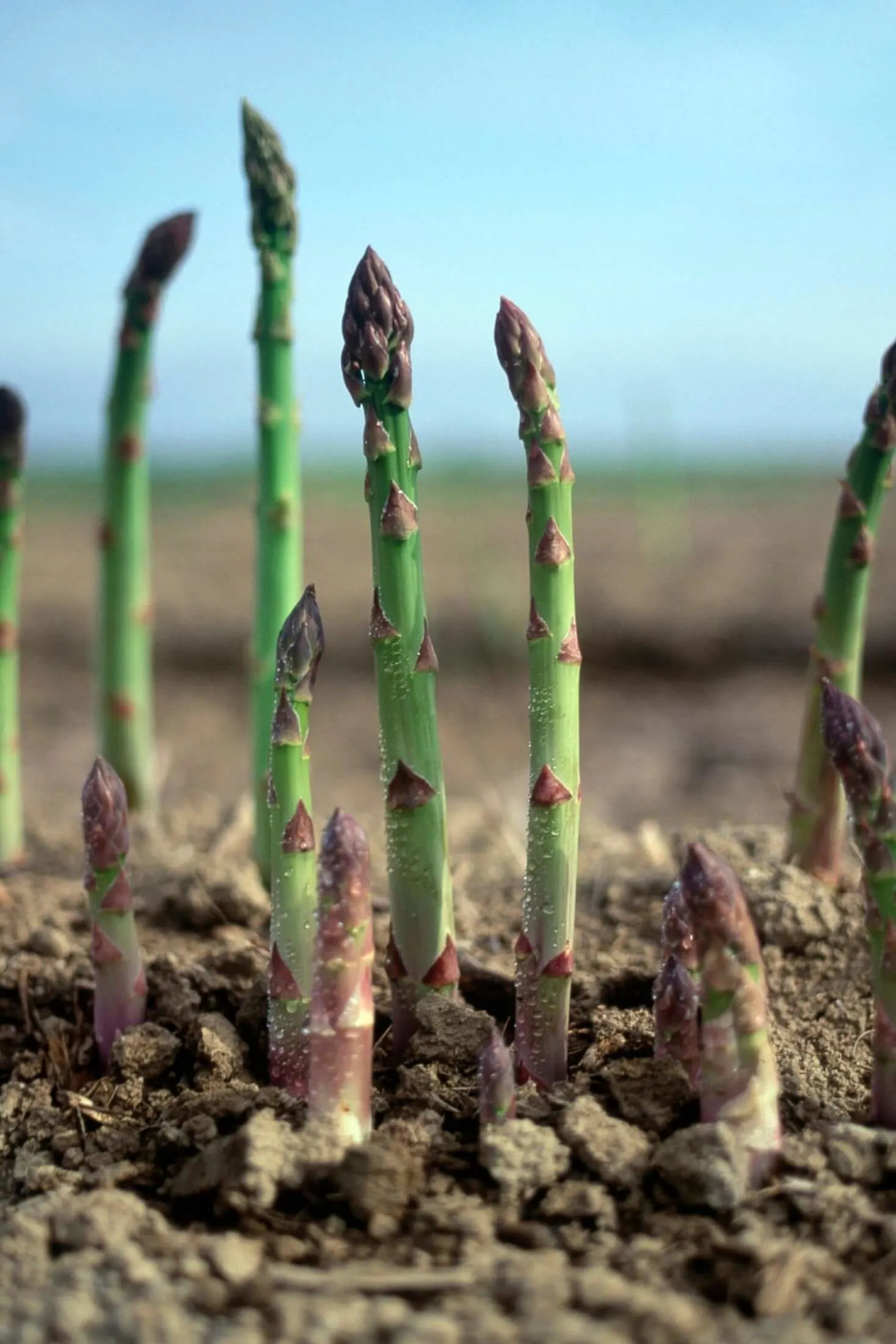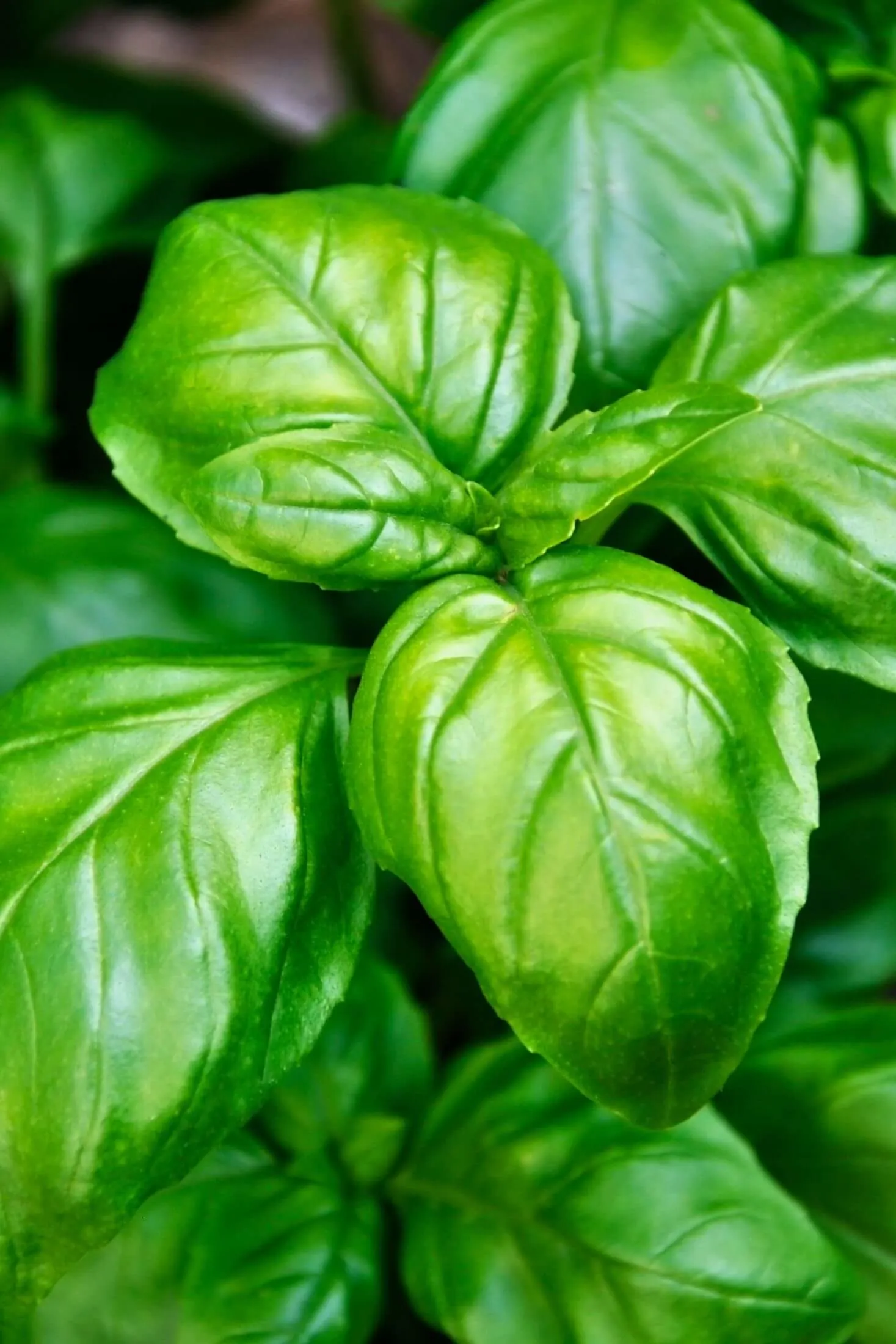Choosing the best companion plants for tomatoes will ensure an abundant crop. Whether it’s growing larger and better tomatoes or helping to stop infestations of disease and pests, tomato companions help create a great environment for tomatoes to thrive and produce.
Tomates are herbaceous annuals in the nightshade family of Solanaceae, and are a popular and versatile vegetable, with over 7500 varieties available worldwide.
The two main types of tomato plants are determinate and indeterminate. Determinate tomato plants grow to a certain height, usually around 3 feet, and then stop growing. Indeterminate tomato plants will continue to grow until the end of the season, reaching heights of up to 6 feet or more.
Varieties include cherry tomatoes, heirloom tomatoes, beefsteak tomatoes, paste tomatoes, and plum tomatoes. Each variety has its own unique flavor and texture that makes it ideal for different dishes.
No matter which type of tomato plant you choose to grow in your garden, they all benefit from thoughtful companion planting. With proper care and maintenance, you can enjoy a bountiful harvest of delicious tomatoes!

As an Amazon Associate I earn from qualifying purchases.
Jump to:
What Is Companion Planting?
Companion gardening is the practice of planting two or more plants together for the benefit of one or both plants. By planting tomatoes with certain plants, you can help increase the growth and vigor of in your vegetable garden while reducing the likelihood of pests and diseases on both the tomato plants and the companion plants.

Benefits Of Companion Planting
There are many reasons why companion planting is beneficial, but some of the benefits specific to tomatoes include:
- help to protect your tomato crop from pests and diseases.
- improve growth and vigor, and in some cases, even flavor!
- help to attract beneficial insects, which will then prey on pests.
- provide optimal growing conditions, such as shade or ground cover.

Best Tomato Companion Plants
Alliums:
Fragrant alliums like garlic, onions, and chives help to protect the tomato plants by repelling spider mites, nematodes, and aphids. The strong scents of plants in the allium family also help to mask the scent of tomatoes from other predators.

Asparagus:
Tomatoes and asparagus make great companion plants, surprisingly, because they protect each other from predatory beasts. Tomato plants are able to excrete a compound called solanine which helps deter asparagus beetles that can otherwise wreak havoc on asparagus crops.
In return, the presence of an asparagus plant has been found to be very effective in keeping away root nematodes which can ruin a tomato harvest.

Basil:
Basil is a powerful tomato companion. It helps to repel insects like thrips, aphids, spider mites, flies, and white flies. The strong smell of basil plants can also help to mask your delicious red tomatoes from other insect pests, predators, and foraging animals.
Some gardeners believe that interplanting basil with tomatoes actually enhances the tomato's flavor, as an added bonus, planting tomatoes with basil makes for one-stop harvesting!

Celery:
Tomatoes and celery are great companion plants because they enjoy similar growing conditions; tons of water and sunlight.
Celery also prefers shade during the afternoon heat, so planting it on the north or east side, depending on your garden layout, can help to offer some much-appreciated shade.

Dill:
Dill is a good companion plant for most vegetables in the garden, tomatoes included. Tomatoes can benefit from dill's ability to deter tomato fruitworm BUT! they can also be harmed.
Juvenile or young dill attracts tons of pollinators and predatory insects to the yard, and anecdotally deter tomato hornworms, but dill that's allowed to fully mature and flower can hinder the growth of your tomatoes.
If you're thinking of planting dill and tomatoes together, harvest the dill plants as soon as you see any signs of maturity or flowering. Either pull them, roots and all or cut them down to the root. Then check out my post on how to dry dill so those plants can be preserved for later enjoyment!

Marigold:
French marigolds are an excellent companion plant, helping to repel harmful nematodes from damaging tomato roots, tomato worms, and slugs. Interplanting marigold flowers in your tomato beds can help improve the growth of tomatoes.
Their strongly scented flowers help to confuse garden pests, while the flowers attract beneficial insects like hoverflies and parasitic wasps.

Nasturtium:
This poor flower is more commonly grown in gardens as a sacrificial crop than for its blooms and edible peppery leaves!
Nasturtium has a pungent smell that attracts aphids away from tomatoes and onto themselves. Tasty tomatoes are susceptible to aphid infestation, so it's best to companion plant with nasturtium when possible!

Parsley:
Parsley can actually boost the growth of your tomatoes while acting as a trap crop - luring the dreaded tomato hornworm away from your prized maters.
Not only that, but parsley also attracts good bugs like tachinid flies that prey on hornworms and hoverflies that prey on aphids!

Radish:
Radishes are a quick-to-mature crop that can be planted in the same beds as your tomato transplants. These root vegetables grow quickly and create a great ground cover crop or living mulch around the base of tomato plants, while they mature. Radishes also act as sacraficial plants, attracting flea beetles away from the tomato plants to their own leaves.

Spinach:
Both of these plants mature at different times, so it's safe to plant shade-tolerant spinach between your tomatoes! You'll be harvesting the leafy greens long before your tomatoes grow to choke them out.
Spinach and other leafy greens, like lettuce, also act as a living mulch for the tomatoes, slowing evaporation and trapping in much-needed soil moisture.

Tomato Companion Plants To Avoid
Brassicas:
Pairing two heavy nutrient and water feeders together is almost always a recipe for disaster. Combining brussels sprouts, cauliflower, kale, or other brassicas will likely reduce the yield and vigor for both plants.
Space these plants out for the best results.

Corn:
Both tomatoes and corn are heavy feeders which can cause them to compete for nutrients. Corn and tomatoes are also susceptible to some of the same garden pests. One of them is the corn earworm, which you might know as the tomato fruitworm.
Combining two plants with the same pests creates an all-you-can-eat buffet for the baddies we don't want in the garden. It's best to keep these plants separate.

Fennel:
Fennel is your tomato's worst enemy! Ok, to be fair, fennel is everyone's worst enemy. Don't plant fennel anywhere near your food garden.
Fennel is fickle. It's a terrible companion plant for all other food crops (except dill) because it releases negative allopathic chemicals into the soil that inhibit spinach and other plants from growing well.

Peppers + Other Nightshades:
Planting peppers, eggplants, and other nightshades near tomatoes can cause pest issues as they are susceptible to the same pests and fungal diseases.

Sweet Potato:
Tomatoes and sweet potatoes are susceptible to common diseases, like potato blight, so it's important to keep them separated to prevent the spread of disease.
Grow this toxic twosome at opposite ends of the garden whenever possible!

More Companion Planting Guides!
Thoughts From The Homestead Garden
Companion planting can be a great way to create a thriving and bountiful tomato harvest. Different plants work together in harmony to keep pests away from your garden vegetables. Planting marigolds, nasturtiums, parsley, radish, and spinach and avoiding certain crops like brassicas, corn, peppers, and sweet potatoes can help enhance the growth of your tomatoes.
Remember that creating a diverse garden that works together with nature’s synergistic pest control can actually make your job easier! With companion planting, you can enjoy a successful bounty of delicious tomatoes with less work.
Pin This Tomato Companion Planting Guide!





